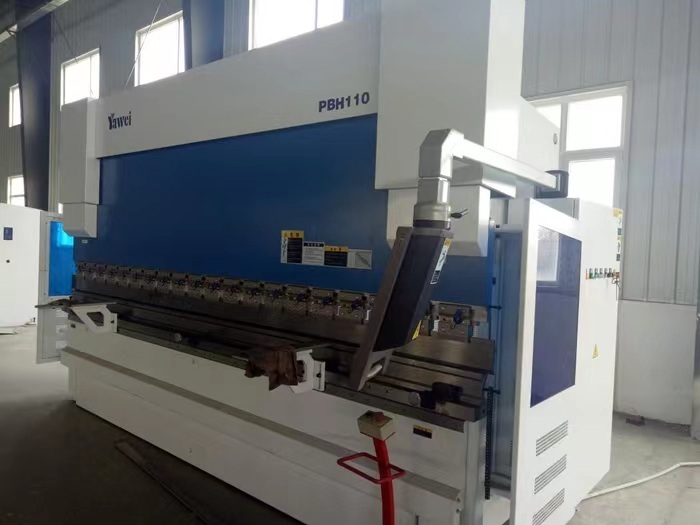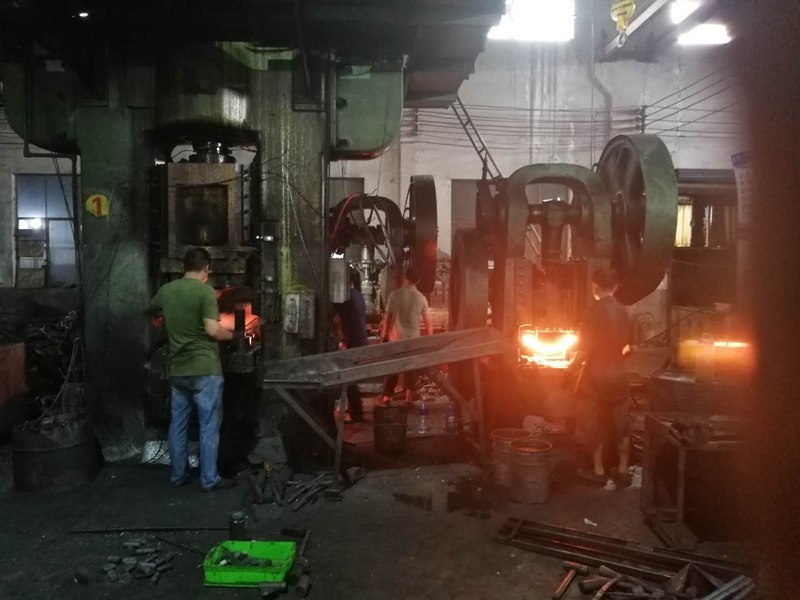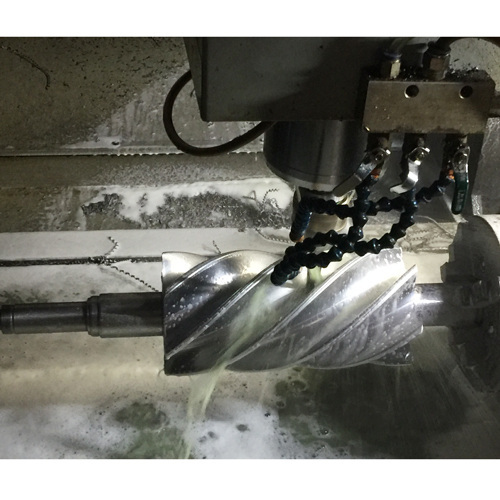
Stamping parts are an essential component in many industries, from automotive to aerospace to electronics. These small pieces play a crucial role in the functioning of larger machines and devices. But what are the advantages of using stamping parts, and why should companies choose them over other manufacturing methods?

In this article, we will explore the top benefits of stamping parts and why HONGYONG is the trusted partner for all your stamping needs.

In this article, we will explore the top benefits of stamping parts and why HONGYONG is the trusted partner for all your stamping needs.
Material:
Stamping parts can be made from a wide variety of materials, including aluminum, stainless steel, and copper. This flexibility allows for the production of parts with different properties, such as strength, conductivity, and corrosion resistance. With HONGYONG, you have access to an extensive selection of materials, ensuring that your stamped parts meet the exact specifications and requirements of your project.
Precision:
One notable advantage of stamping parts is their high precision. The use of specialized machines and tools allows for the creation of parts with tight tolerance levels and intricate designs. This precision also ensures that the final products have consistent dimensions, making them suitable for use in mass-produced machines and devices.
Shape and Size:
Stamping parts can be produced in a wide range of shapes and sizes, making them suitable for a variety of applications. Whether you need a simple flat piece or a complex three-dimensional part, stamping can deliver. Additionally, since stamping parts can be made in large quantities, they are often cheaper than other manufacturing methods, such as machining or casting.
Strength and Durability:
Stamping parts are highly durable and can withstand high pressures and temperatures, making them ideal for use in applications where strength and reliability are critical. Furthermore, the structural integrity of stamped parts is not compromised even when they undergo multiple manufacturing processes such as bending, coining, or embossing.
Cost-effective:
Stamping is a cost-effective manufacturing method, which translates to lower production costs for companies. The process is highly automated, reducing labor costs and increasing efficiency. The high precision and durability of stamped parts also result in lower maintenance and replacement costs, reducing overall expenses for the end-user.
Customization:
HONGYONG offers fully customizable stamping parts to meet the specific needs of each client. Whether you have unique design requirements or need parts with specific properties, our team of experts will work closely with you to deliver the exact solution you need.


Complex Geometries:
With stamping, complex geometries can be achieved without sacrificing precision. This is particularly beneficial for industries such as aerospace and defense, where parts with intricate designs are required. HONGYONG utilizes advanced stamping techniques and equipment to ensure that even the most complex geometries can be achieved with high accuracy.
Low Lead Times:
In today's fast-paced business environment, shorter lead times are crucial for staying competitive. Stamping parts have significantly shorter lead times compared to other manufacturing methods, making it the preferred choice for many industries. At HONGYONG, we have the capabilities to meet even the tightest deadlines, ensuring that your production processes are not delayed.
Automation:
Automation is a core aspect of stamping, making it a highly efficient manufacturing method. The use of automated machines and processes not only reduces labor costs but also results in consistent, high-quality parts. With HONGYONG's advanced automation capabilities, you can be assured of reliable and cost-effective solutions for all your stamping needs.


And with HONGYONG as your partner, you can be sure to receive top-quality stamped parts that meet your exact requirements. Contact us today to learn more about our stamping capabilities and how we can help your business thrive.